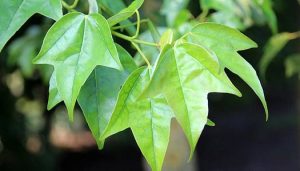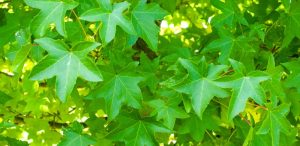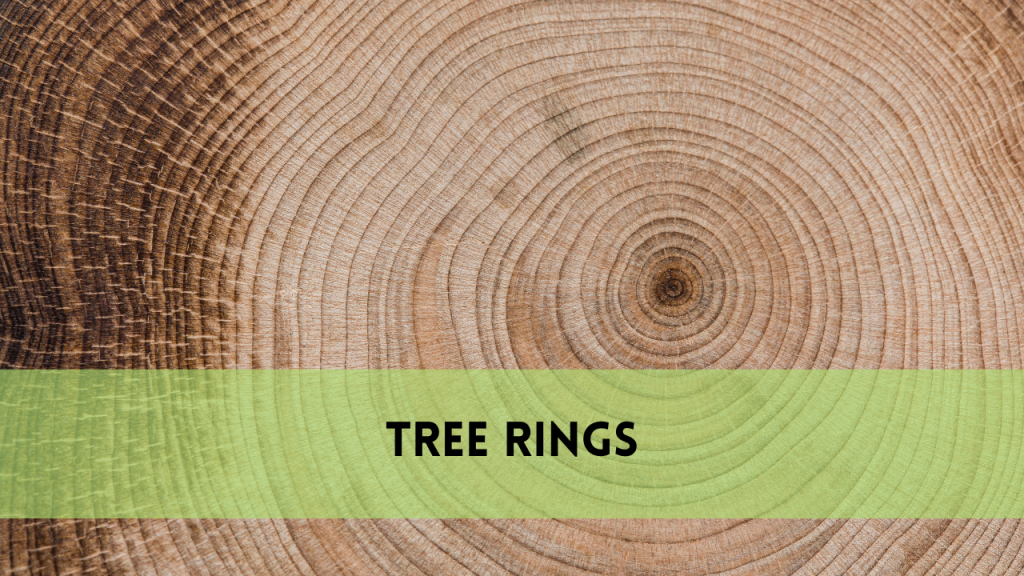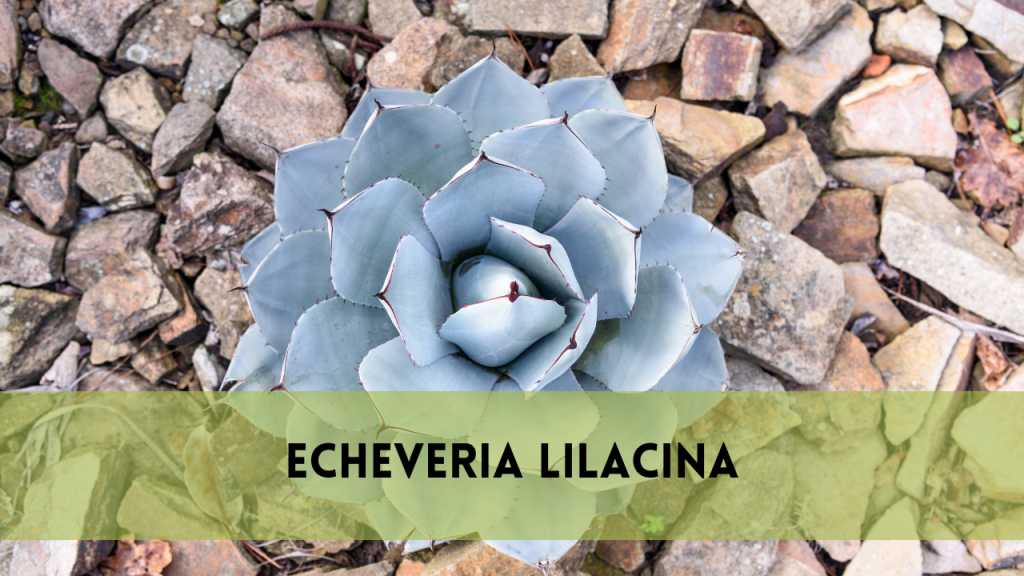Tree with three-pronged leaves
Embracing Nature’s Diversity
In the rich fabric of the natural world, diversity represents resilience and beauty. In this complex tapestry of flora and animals, the tree with three-pronged leaves stands out as a symbol of botanical fascination and ecological relevance. Its unique foliage, with three different lobes per leaf, catches the eye and stimulates the imagination. Beyond its aesthetic appeal, there is a deeper connection to the complicated web of life that supports our world. As planet stewards, it is our honour and responsibility to cultivate and protect this diversity. Understanding and appreciating the unique characteristics of the tree with three-pronged leaves provides insight into the complexities of natural ecosystems and the delicate balance that keeps them alive. Through careful observation, intelligent cultivation, and sustainable management approaches, we may leverage this magnificent species’ natural resilience to enrich our landscapes and protect the biodiversity on which all life relies.
Understanding the Anatomy
Foliage, Nature’s Masterpiece
The tree’s foliage, with its three-pronged leaves, exemplifies nature’s inventiveness and artistry. Each leaf is a symphony of shapes and textures, with three unique lobes elegantly decorating its surface. This elaborate design not only adds visual appeal, but it also serves functional purposes by increasing surface area for photosynthesis and optimising airflow within the canopy. As sunlight pours through the foliage, leaving dappled shadows on the woodland floor, the tree with three-pronged leaves stands as a living tribute to nature’s beauty and intricacy.

Trunks and Branches: Strength and Stability
The trunk and branches of the tree with three-pronged leaves exude sturdiness and toughness, laying the groundwork for its majestic presence. The tree stands tall and strong, braving the elements with grace, thanks to its robust trunk that securely anchors it into the ground. Its limbs extend skyward, spreading out in a symphony of angles and curves to provide support for the luxuriant canopy above. The trunk and branches create a symbiotic relationship, ensuring the tree’s strength and stability in the ever-changing natural setting.
Environmental Adaptations
The tree with three-pronged leaves is exceptionally adaptable to a wide range of environmental conditions, making it a versatile and durable species. This tree flourishes in a variety of settings, from temperate woods to subtropical regions, demonstrating its ability to acclimatise and grow in many ecosystems.
One of its important adaptations is its ability to tolerate various soil types and moisture levels. Whether snuggled in rich, loamy soil or perched atop rocky terrain, the tree with three pronged leaves extracts nutrients and water from its surroundings with remarkable efficiency. Furthermore, this species is well-suited to capturing andutilisingg solar energy for photosynthesis, as its foliage has been improved. Its capacity to flourish in both full sun and moderate shade makes it an excellent choice for landscaping and forestry projects.
Arborists may leverage the three-pronged tree’s ability to improve biodiversity and create ecological resilience in a changing world by studying and appreciating its environmental adaptations.
Cultivation and Maintenance
Cultivating and sustaining the tree with three pronged leaves necessitates close attention to its unique requirements and growth habits. To promote healthy root development, choose a planting place with plenty of sunlight and well-drained soil. Dig a hole somewhat larger than the tree’s root ball and fill it with earth, gently firming it around the base.
Water newly planted trees regularly, especially during dry seasons, to ensure robust root systems. Once established, the tree requires little maintenance; however, occasional pruning may be required to remove dead or diseased branches and shape the canopy for optimal growth. Pruning should be done during the tree’s dormant season to reduce stress and stimulate strong regrowth in the spring. Make accurate cuts with sharp, clean pruning tools, being careful to preserve the tree’s natural form and structure.
Pest and disease inspections should be performed regularly to detect and handle any problems as they arise. Arborists may ensure the health and longevity of the three-pronged leaf tree, keeping its beauty and ecological importance for future generations, by following suitable cultivation and care procedures.
Related Posts:
Common Pests and Diseases
While the tree with three-pronged leaves is generally sturdy, it may encounter pests and illnesses that compromise its health and vitality. Aphids are one of the most prevalent pests, feeding on the sap of young leaves and shoots, causing wilting and deformation. Caterpillars and mites can also infest the leaves, resulting in defoliation and diminished photosynthetic potential. Aside from pests, the tree with three-pronged leaves is vulnerable to fungal infections, bacterial illnesses, and viral pathogens, which can produce leaf spots, cankers, and dieback. Powdery mildew and anthracnose are common fungal diseases that thrive in humid environments, whereas bacterial leaf spot and fire blight proliferate quickly in ideal conditions. Effective pest management measures, including regular monitoring, cultural practices, and tailored treatments, are critical for efficiently preventing and managing pest and disease outbreaks. Arborists may help safeguard the health and vitality of trees with three-pronged leaves by remaining watchful and proactive, assuring their continuous beauty and resilience in the environment.
FAQS
What distinguishes the tree with three-pronged leaves?
The foliage of the tree with three-pronged leaves, which consists of leaves with three different lobes, gives it a distinctive and recognizable appearance.
How tall can a tree with three-pronged leaves reach?
The height of the tree with three pronged leaves varies according to environmental conditions and genetic predisposition. On average, it can reach heights of 30 to 50 feet.
What are the optimal soil and sunlight conditions for planting?
The tree with three-pronged leaves likes well-drained soil and full to partial sunlight exposure for best growth and development.
How should pruning be done?
Pruning should be done as necessary to remove dead or diseased branches and shape the canopy. It is usually done during the tree’s dormant season to reduce stress.
What are the most prevalent pests and diseases that attack this tree?
Aphids, caterpillars, and mites are common pests, but fungal diseases such as powdery mildew and bacterial infections like leaf spots can also occur.
Conclusion
Finally, the tree with three-pronged leaves is a symbol of diversification and ecological resilience in nature. Its distinctive leaf, adaptability to a variety of settings, and critical role in the ecosystem make it an invaluable asset to arborists and conservationists alike. Understanding the complexities of its anatomy, environmental adaptations, and cultural requirements allows us to appreciate the beauty and significance of this amazing species. We can ensure its continuous existence in our landscapes and forests by practicing mindful stewardship and sustainable management, improving our lives, and preserving biodiversity for future generations.




